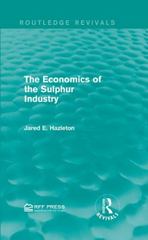Answered step by step
Verified Expert Solution
Question
1 Approved Answer
Consider a two-period model with t {0, 1}. The agent derives utility ln(ct) from consumption ct in period t. The utility function u is continuously
Consider a two-period model with t {0, 1}. The agent derives utility ln(ct) from consumption ct in period t. The utility function u is continuously differentiable, strictly increasing, and strictly concave. The discount factor is set at = 1. At t = 0, an unemployed agent faces a choice: to invest effort in searching for a job or to relax at home. The agent bears a utility cost h > 0 if they choose to search for employment, whereas relaxing at home incurs no cost. Therefore, if the agent searches in t = 0, utility is u(c0) h. At t = 1, the agent discovers if their job search was successful. If they had invested effort in t = 0, the probability of securing a job is p. Without any effort, this probability drops to zero. Upon finding employment, the agent earns a pre-tax income of w > 0. The government aims to formulate an unemployment policy that maximizes the agent's expected utility. If the agent secures a job in t = 1, their income will be taxed. Thus, an employed agent's consumption will be w 1, where 1 is the tax imposed in t =
Step by Step Solution
There are 3 Steps involved in it
Step: 1

Get Instant Access to Expert-Tailored Solutions
See step-by-step solutions with expert insights and AI powered tools for academic success
Step: 2

Step: 3

Ace Your Homework with AI
Get the answers you need in no time with our AI-driven, step-by-step assistance
Get Started


